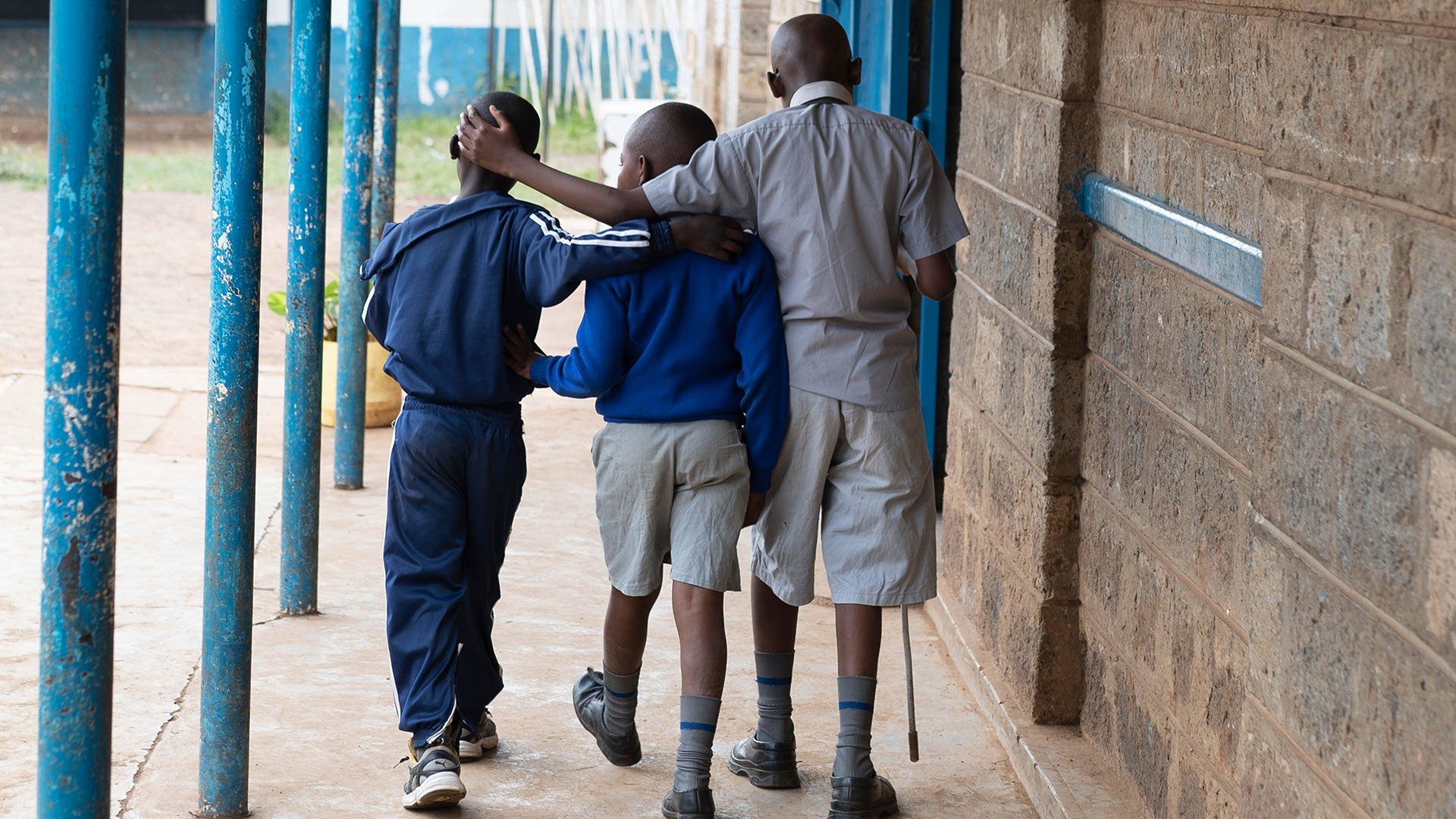InclusionKenya

Inclusion / Kenya
Story by Kassidie Cornell and Candice Lipski
Additional reporting by Lydia Mukari Okang’a, Drusilla Anyango and Nkurikiyinka Julien Astrida
Around the globe, children with disabilities face barriers to education. They often don’t receive enough specialized support from teachers and can be marginalized by classmates. In Kenya, the education system is being overhauled in an effort to create a more inclusive school system and curriculum that focuses on the needs of individual students, including those with disabilities.
The Global Reporting Program travelled to Kenya in February 2020 just before the pandemic led to school and border closures. The team met with teachers, students and parents to explore how Kenya’s focus on inclusion is affecting students including those with visual impairments. Our story begins at a school in Kenya’s capital, Nairobi.